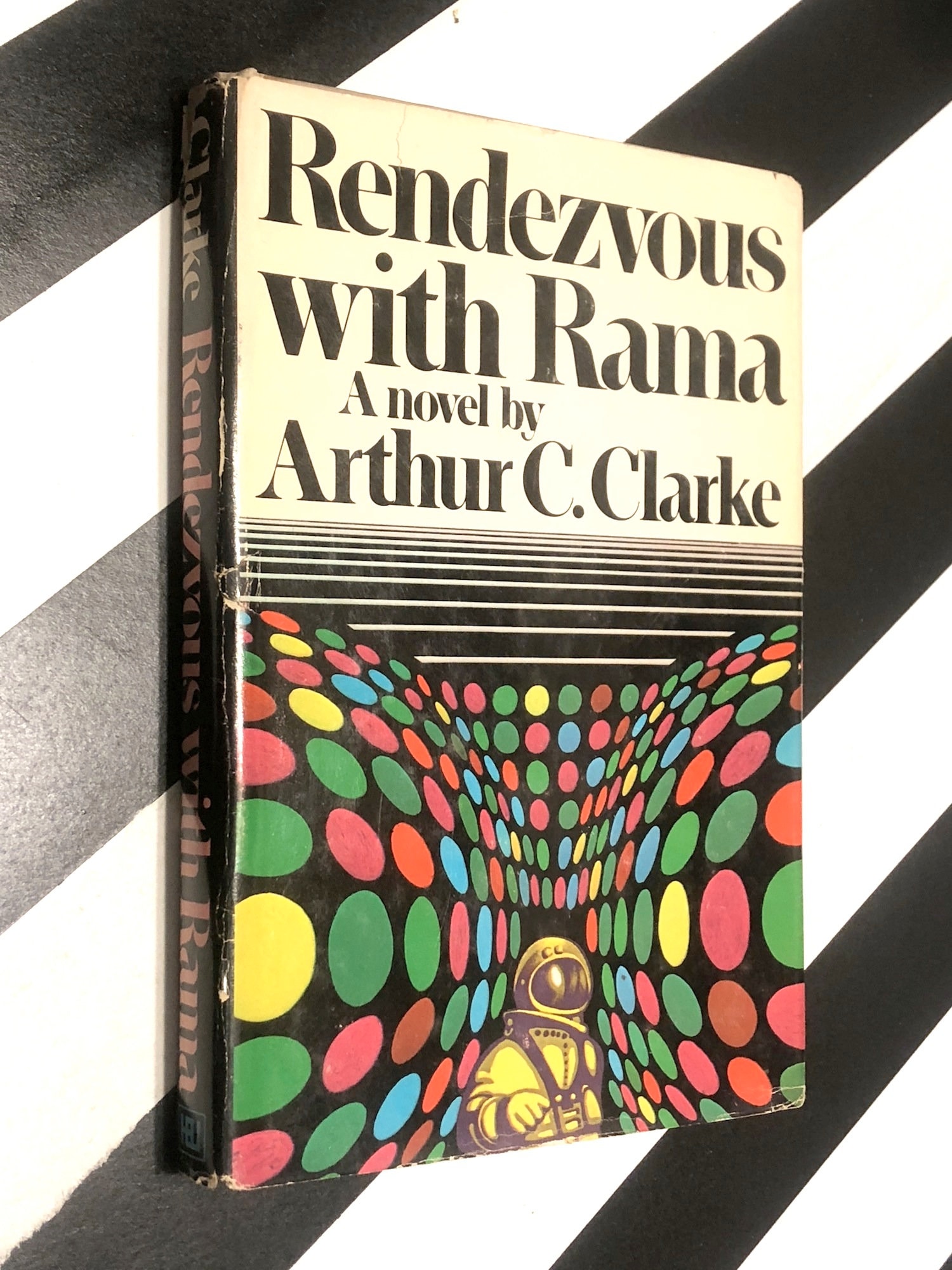

if you set off along the circumference you would eventually end up back where you belong. After a few kilometers the ladders change into steps, a vast staircase which leads eventually down onto the smooth interior of the ‘floor’ which is, of course, cylindrical i.e. From each of them a ladder stretches out across the surface of the gently curving ‘end’ towards the sides or ‘floor’ of the vast cylinder.


Norton and the men and women of his crew realise that each of the three ‘studs’ must contain the airlocks and tunnels, because they can see two other doorways cut into the surface they can now see. It gives onto a long tunnel, which ends in another door with a control wheel, another tunnel, another door – a system of triple airlocks, with the final one opening into the interior of Rama, a vast empty cylinder which is so large, and is spinning at such speed, that the inside surface has gravity and on it appear to be various buildings. When Norton touches the wheel it lifts away from the stud and when he turns it… a side of the stud opens to reveal an entrance.

With his trademark attention to scientific detail and the practicalities of physics, Clarke follows Norton and his crew as they almost immediately locate a ‘wheel’ embedded in one of the three large ‘studs’ which stick out of the otherwise vast smooth surface of the ‘end’ they’ve landed on. The solar survey vessel Endeavour captained by Commander Bill Norton is diverted from its scheduled route to go and investigate and so – fairly quickly, only 20 or so pages into the text – Norton and his crew come gingerly to rest on one end of an absolutely enormous metal cylinder, some 20 kilometres (12 mile) in diameter and 54 kilometres (34 miles) long. Since, as Clarke sardonically remarks, astronomers long ago ran out of names from the Greek and Roman pantheons with which to name heavenly bodies, they are now well into Hindu mythology, and that is why the unknown object is christened ‘Rama’, after the seventh avatar of the god Vishnu. We have realised by this stage that the system is crossed y hundreds of thousands of asteroids, meteors and comets travelling through it.īut a new one is spotted, that is spinning so fast (with a rotation period of 4 minutes) and then, upon closer investigation, is so symmetrical in shape, that astronomers conclude it must have been made by intelligent life. Humanity has spread out to colonise some of the planets of the solar system and to conduct trade across much of it. Good God, this is a great read! What a thrilling, compelling, exciting and wonder-working story.


 0 kommentar(er)
0 kommentar(er)
